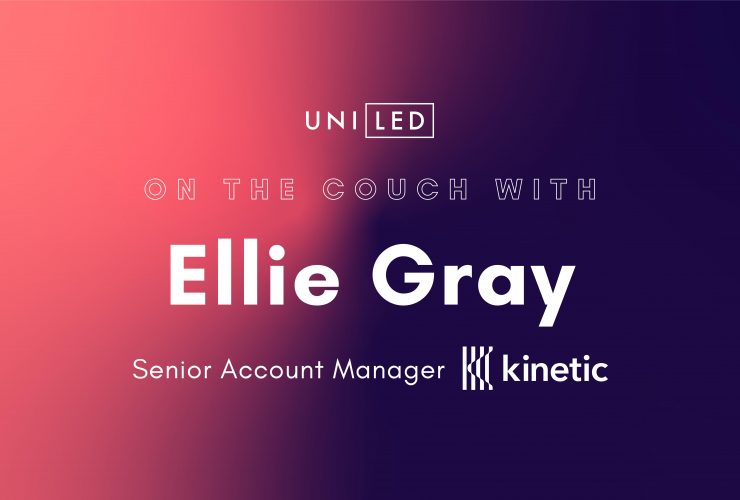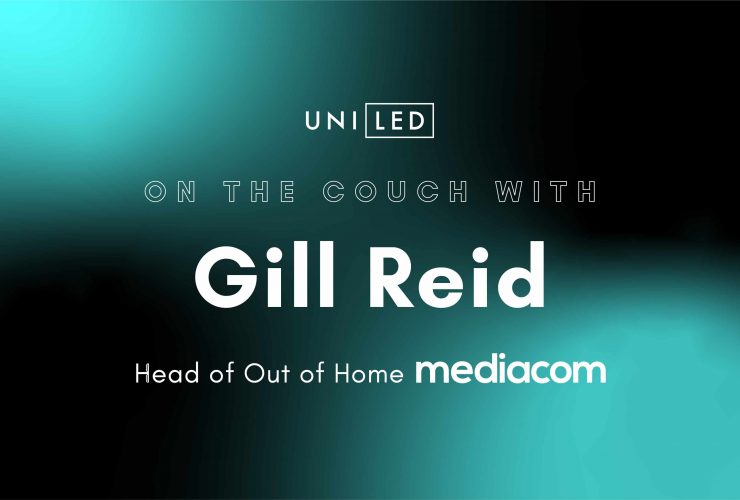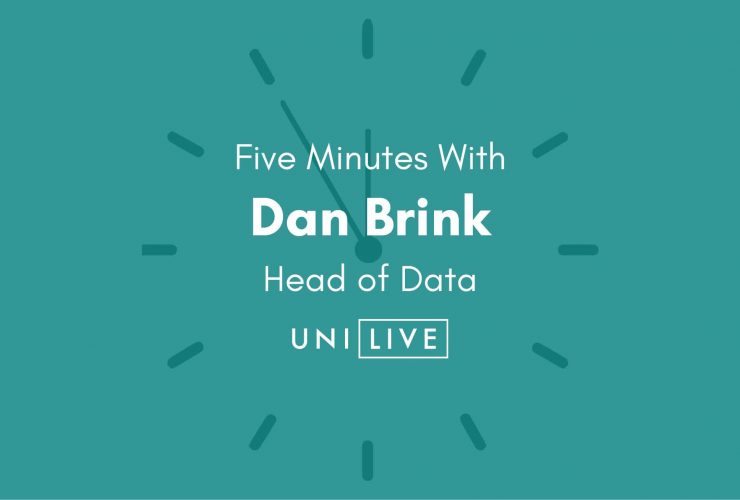Head of Data, Dan Brink on the ability to harness the power of data.
Performance is everything when it comes to measuring the effectiveness and success of digital out of home (DOOH) campaigns. At a time when the return on ad spend (ROAS) is increasingly being scrutinised brands are demanding accountability, transparency and every media needs to prove its worth. As a result, agencies need to ensure that all post-campaign analysis reports provide an accurate picture that demonstrates what has been paid for, has been delivered.
In the DOOH market we rely heavily upon, and have a profound appreciation of, the ability to harness the power of data. However, just as other data-driven industries, the volume and sophistication of the data generated by advertising campaigns has increased, and continues to increase, exponentially. But it’s not just the big data that is needed, it’s useful data.
“In the DOOH market we rely heavily upon, and have a
profound appreciation of, the ability to harness
the power of data.”
Over the past few years, most advertising campaigns have a DOOH element to them and despite the turbulence brought on by a global pandemic, the DOOH market is on-track for a strong recovery and growth. In fact, according to the Advertising Association/WARC Expenditure Report for Q4 2020 the DOOH market is predicted to grow by 52.3% in 2021, and further in the years to come. This is in part because the DOOH market did not rest on its laurels during the lockdown downtime and there was an acceleration in the development and build of digital screens.
A healthy market creates a deluge of data. To put into perspective, OOH buyers can have in excess of 9,000 campaigns running each year, that’s over 170 per week. And an advertising campaign of 50 frames, running for four weeks could generate a report with up to ½ a million lines of data. When these campaigns are played out across multiple vendor digital screens, an agency will receive data on every play, on every screen at every location, from each vendor in potentially varying formats.
This is where industry specific reporting tools offered by Independent Verification platforms, such as UniLIVE, can prove a vital asset to OOH buyers. Independent Verification is standard practice, and is something that should be expected, in the pure digital world. So, if other media channels are using this to handle big data and make it useful, OOH should not rest on its laurels and follow suit.
“Independent Verification is standard practice, and is something that should be expected, in the pure digital world.”
Over the past few years, most advertising campaigns have a DOOH element to them and despite the turbulence brought on by a global pandemic, the DOOH market is on-track for a strong recovery and growth. In fact, according to the Advertising Association/WARC Expenditure Report for Q4 2020 the DOOH market is predicted to grow by 52.3% in 2021, and further in the years to come. This is in part because the DOOH market did not rest on its laurels during the lockdown downtime and there was an acceleration in the development and build of digital screens.
A healthy market creates a deluge of data. To put into perspective, OOH buyers can have in excess of 9,000 campaigns running each year, that’s over 170 per week. And an advertising campaign of 50 frames, running for four weeks could generate a report with up to ½ a million lines of data. When these campaigns are played out across multiple vendor digital screens, an agency will receive data on every play, on every screen at every location, from each vendor in potentially varying formats.
This is where industry specific reporting tools offered by Independent Verification platforms, such as UniLIVE, can prove a vital asset to OOH buyers. Independent Verification is standard practice, and is something that should be expected, in the pure digital world. So, if other media channels are using this to handle big data and make it useful, OOH should not rest on its laurels and follow suit.
For a start, Independent Verification can track every ad and verify every play, on every screen, at every location, 24/7 for the duration of a campaign. Agencies can get more granular with the information – even down to the exact hour of play, delivering insights driven by the client and agency’s own requirements. On top of this, our reporting tools help OOH buyers and media agencies to aggregate output report data in varying formats from multiple vendors – taking big data and making it useful data!
This invaluable verified data can then be referenced against a clients’ booking information, providing the media agency with an accurate picture of whether each screen has delivered as it should. This ensures that there are no anomalies in what has been paid for, and what has been delivered. All this information is then used to easily create bespoke and customisable reports, at the touch of a button. What’s more, these reports are visual – ensuring that the agency and/or client can interpret large volumes of data quickly and understand exactly how their campaign performed.
“…agencies can take full control of the success of DOOH campaigns by monitoring and measuring delivery in-flight”.
It doesn’t end there. Independent Verification platforms offer more than simply a post-campaign view. With real-time play out reporting agencies can take full control of the success of DOOH campaigns by monitoring and measuring delivery in-flight, through plays, audience, value or a currency of their choosing, whatever the client’s ad spend. This ensures by the time they get to the end of campaign performance analysis, there are no shocking or unwanted discoveries, helping drive better performing campaigns
Quite simply, verification reports from Independent Verification platforms take something very complex (big data), simplifies it and creates output reports that are accurate and clear to understand. This makes the lives of OOH buyers, and the brands they work for, so much easier by giving them better visibility of what’s happening out there. After all, the hard work that goes into planning and delivering a DOOH campaign cannot be underestimated. It’s therefore vital that these efforts are appreciated – this can be done simply by recording and presenting the outcomes and results of a DOOH campaign in a meaningful, actionable and useful way.



